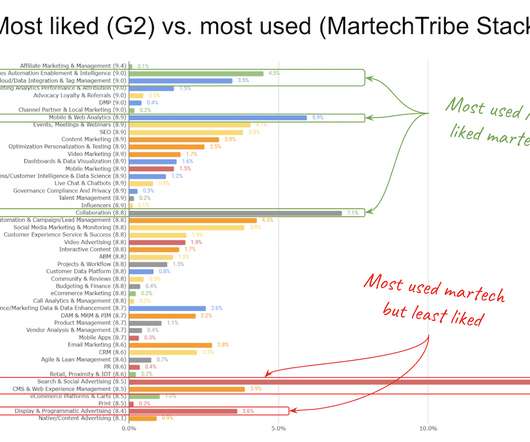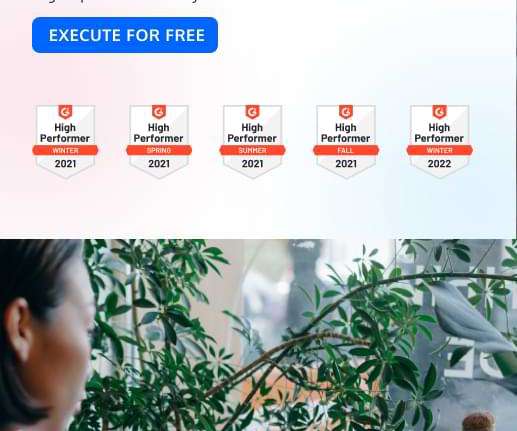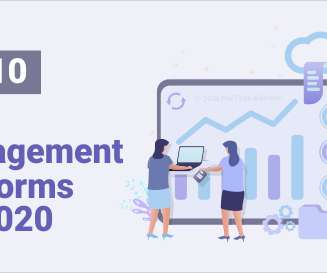You can now filter the 10,000+ martech landscape by revenue, size, age and G2 ratings
chiefmartech
DECEMBER 6, 2022
Frans and I ran a few analyses on this data in aggregate and found several interesting patterns. First, we created a bar chart of all the martech categories and the frequency by which products in those categories appear in the database of martech stacks that Frans has collected over the past several years.















Let's personalize your content